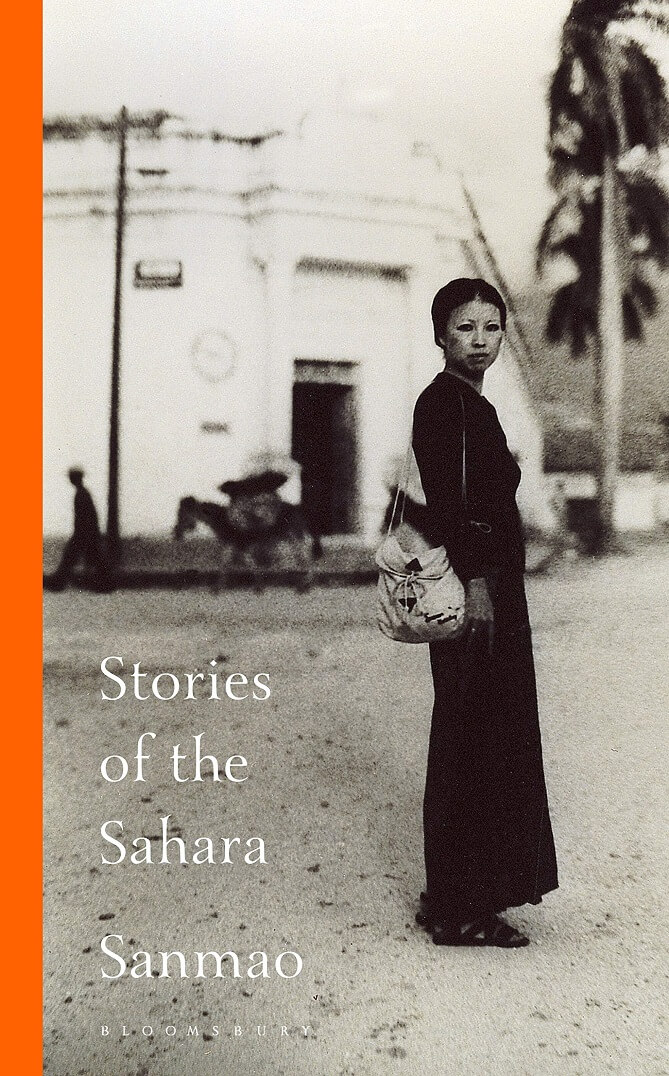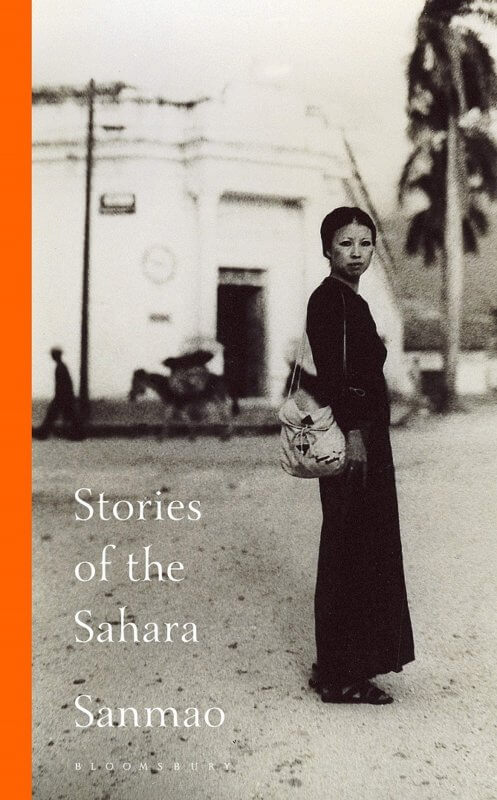21 Jan / Stories of the Sahara by Sanmao, translated by Mike Fu [in Christian Science Monitor]

 Stories of the Sahara celebrates a singular voice in travel writing
Stories of the Sahara celebrates a singular voice in travel writing
Sanmao electrified Chinese readers when her travelogue “Stories of the Sahara” was published in 1976 – now it has been translated into English.
She had three names; traveled to more than 55 countries; studied in Germany, the United States, and Spain; spoke multiple languages; and eventually wrote more than 20 titles with 15 million copies sold worldwide. Born Chen Maoping in Chongqing, China, in 1943 and raised predominantly in Taiwan, the peripatetic polyglot was a pioneering global citizen, fueled by her extraordinary curiosity and infectious enthusiasm. She chose Echo as her English name, in homage to her art teacher. To the literary community, she is best known as Sanmao, the pseudonym inspired by a Chinese comic-strip character created in 1935 who remains a beloved icon today; the name means “three hairs,” noting the extent of the young boy’s poverty-plagued malnutrition. “‘When I began to write, I decided to faithfully record the lives of ordinary people whose voices go unheard,” Sanmao said of her choice.
Those ordinary, unheard voices populate Stories of the Sahara marking the beginning of Sanmao’s glorious, prodigious literary career. Initially serialized in the Taiwanese newspaper United Daily News, the 20-essay collection was published in Chinese in 1976 to instant success. Stories finally makes its English-language debut more than four decades later, made possible by writer-translator Mike Fu, who is also the assistant dean of global initiatives at New York’s Parsons School of Design and co-founder of and editor at The Shanghai Literary Review. Singaporean British author Sharlene Teo (who wrote Ponti) provides an illuminating foreword that explores Sanmao’s life and writing career, introducing “the chimerical protagonist-narrator [who] presents herself as trendsetter and rule-breaker, cool girl and mystic, pensive romantic and comic heroine, globetrotter and housewife.”
Sanmao’s opening sentence immediately sets an independent, adventurous tone: “When I first arrived in the desert, I desperately wanted to be the first female explorer to cross the Sahara.” While she didn’t quite cover all 103,000 square miles of the world’s largest hot desert, she moves in the 1970s to the outskirts of El Aaiún, then the capital of the Spanish Sahara (the former Spanish colony is currently administered by Morocco). She rents a house, lives there with her new Spanish husband José María Quero, and quickly becomes a beloved fixture among her diverse neighbors. She dispenses (with considerable success) medicinal cures although she has no medical training, becomes the de facto local source from whom to borrow (permanently, mostly), obtains a driver’s license after evading the local police for months, and spends a few weekends as an unlikely fishmonger (although she and José eat up any profits). She creates “the most beautiful home in the desert,” according to a wandering foreign reporter.
Irresistibly adept at charming the reader with her stubborn openness, her descriptive details, her self-deprecation, Sanmao is equally affecting in exposing the darker elements of her desert sojourn: The child marriage of her next-door-neighbor’s 10-year-old daughter, complete with her helpless screams on her first night as a wife; the heartless extortion of lonely, naive men by faraway fake wives; the multi-generational buying and selling of enslaved human beings and the anguished misery of their bewildered families; the brutal murders between political factions, and the collateral damage suffered by everyone. Beyond her infectious energy, Sanmao reveals keen insight, astute self-awareness, and the rare glimpses of unsettled loneliness.
Her desert exploits and explorations come to a sudden end with José’s death in a 1979 diving accident. Alone, Sanmao returns to Taiwan to be with family, settling by 1981 into a comparatively fixed life of writing (including the screenplay for the award-winning 1990 Taiwanese film Red Dust, starring Brigitte Lin and Maggie Cheung) and teaching. Sadly, she took her own life in 1991 – at the age of 47.
Sanmao “lives again in new translations of some of her earliest work,” Fu writes in his acknowledgements, referring to his own “belated translation” as “a labour of love.” He assures us that Sanmao “would have delighted in the opportunity to befriend even more people across cultures and languages.”
Readers: Adult
Published: 1976 (Taiwan), 2020 (United States)
